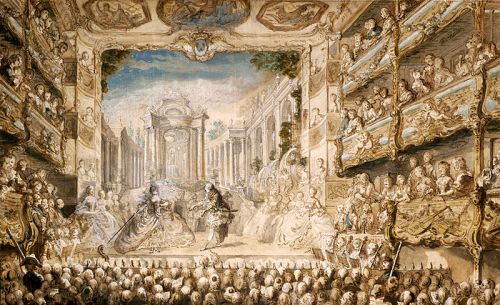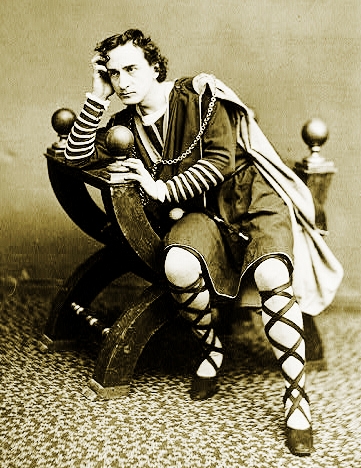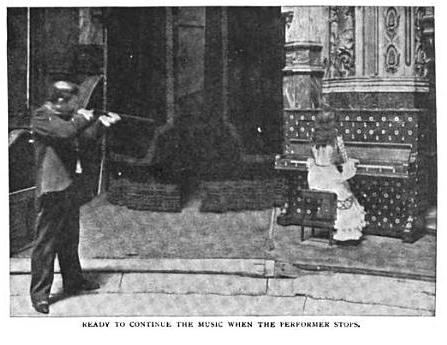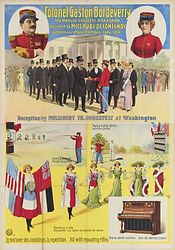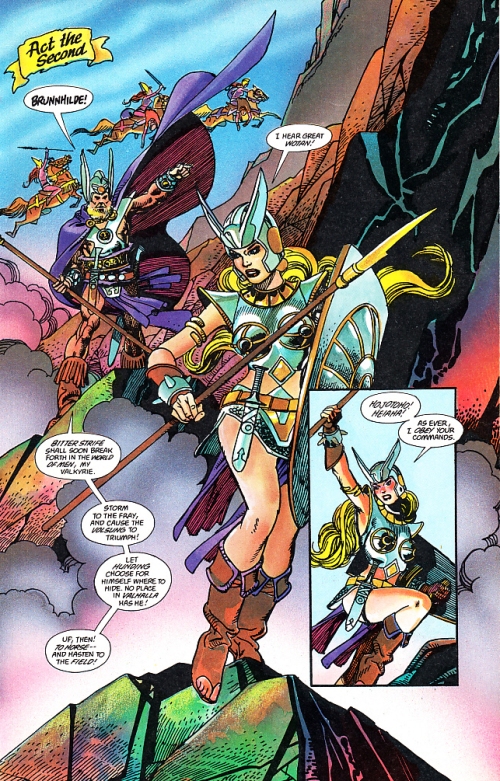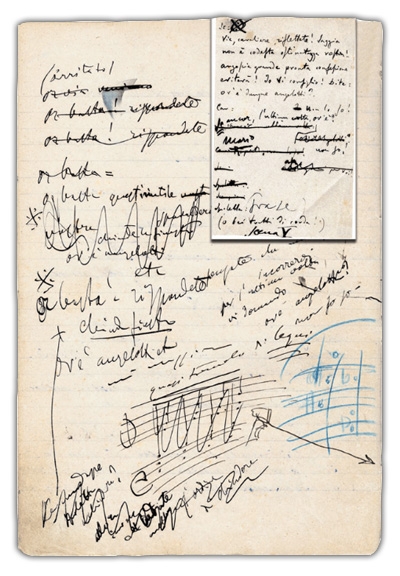An anonymous pamphlet from around 1733 titled Do you know what you are about? or, A Protestant alarm to Great Britain rails against the egregious inroads that Roman Catholic degeneracy, not least in the form of Italian opera, were making in England.
Händel and Senesino are particularly singled out for “playing at the dog and bear, exactly like the two kings of Poland contending for the Empire of Doremifa” in contrast to the humble, hardworking John Gay, whose praiseworthy Beggar’s opera reached the stage only through his own admirable toil and steadfastness.
This according to William Charles Smith’s “Do you know what you are about?: A rare Handelian pamphlet”, an article in The music review no. 98 (2 April 1964, pp. 114–19); the issue, which honors the 70th birthday of the English librarian, bibliographer, and honorary curator of the Royal Music Library Cecil Bernard Oldman (1894–1969), is covered in our recently published Liber Amicorum: Festschriften for music scholars and nonmusicians, 1840–1966.
Above, a satirical depiction by John Vanderbank from around 1723 of Senesino, Francesca Cuzzoni, and Gaetano Berenstadt performing in a Händel opera (probably Flavio, re di Longobardi).
Related articles:



